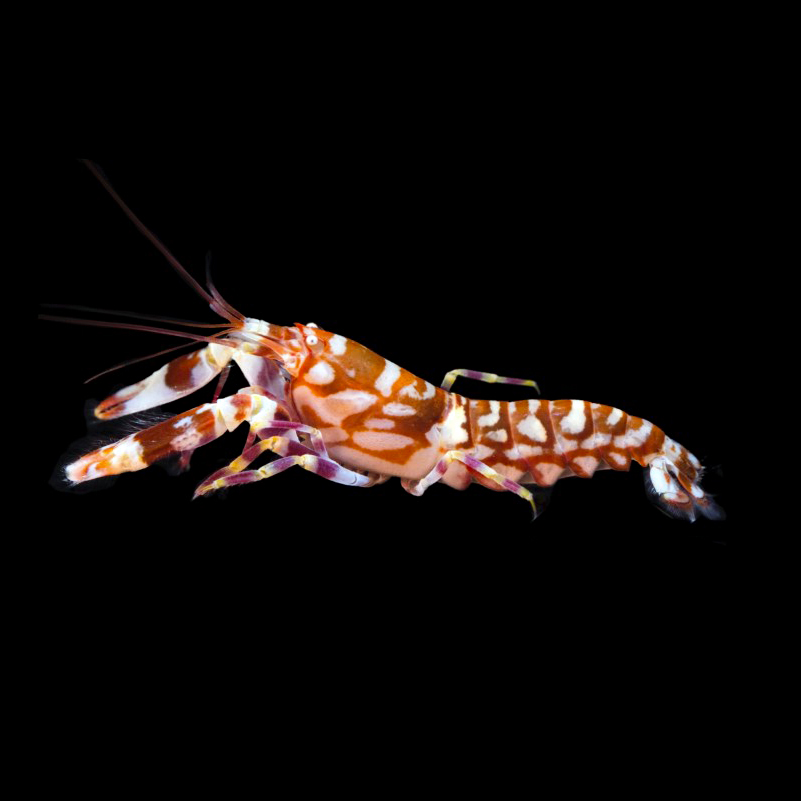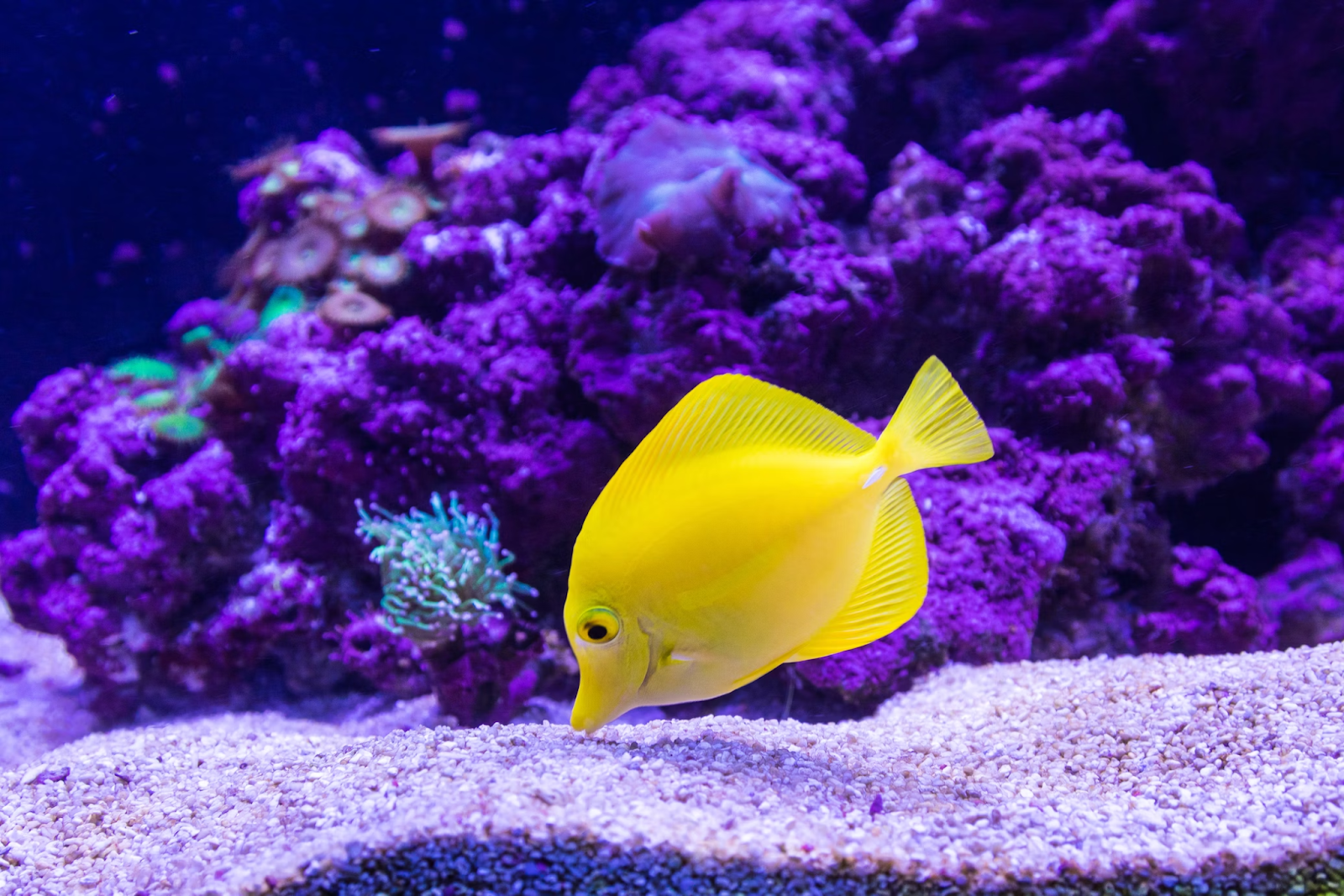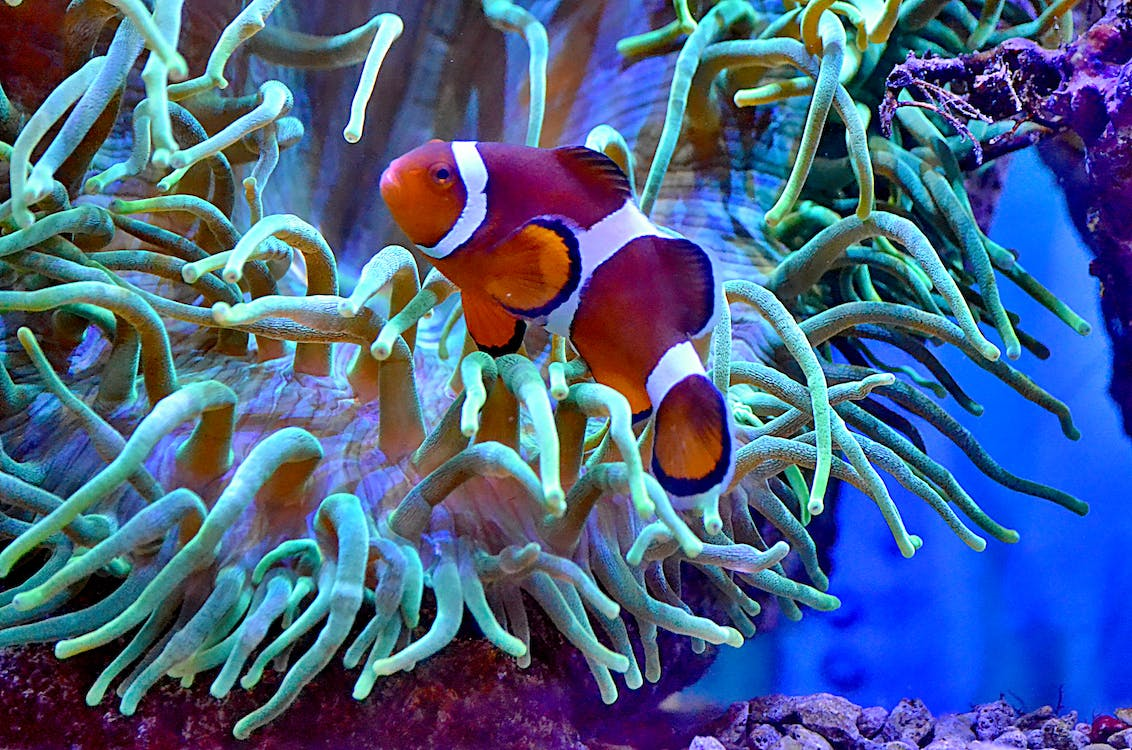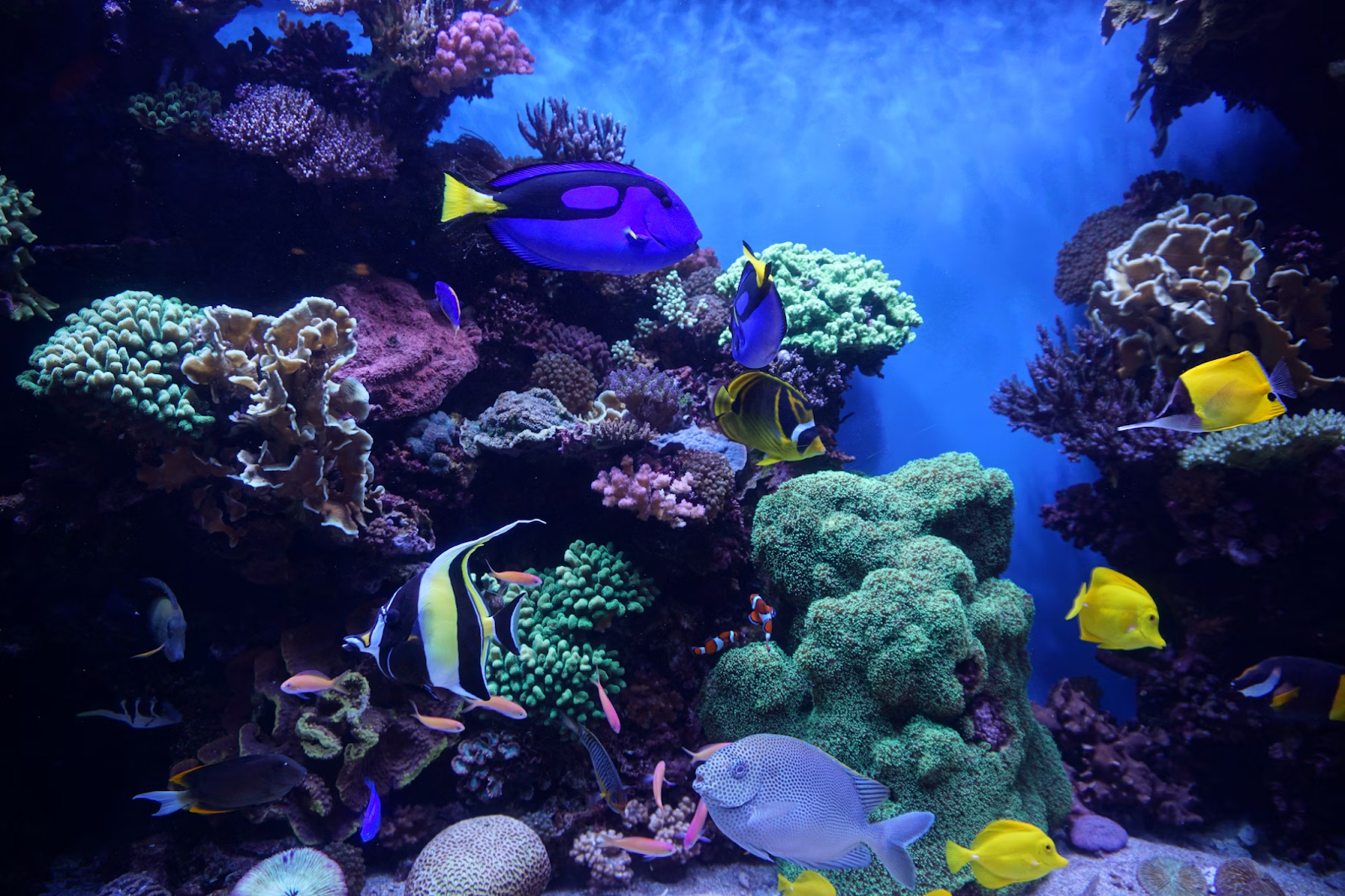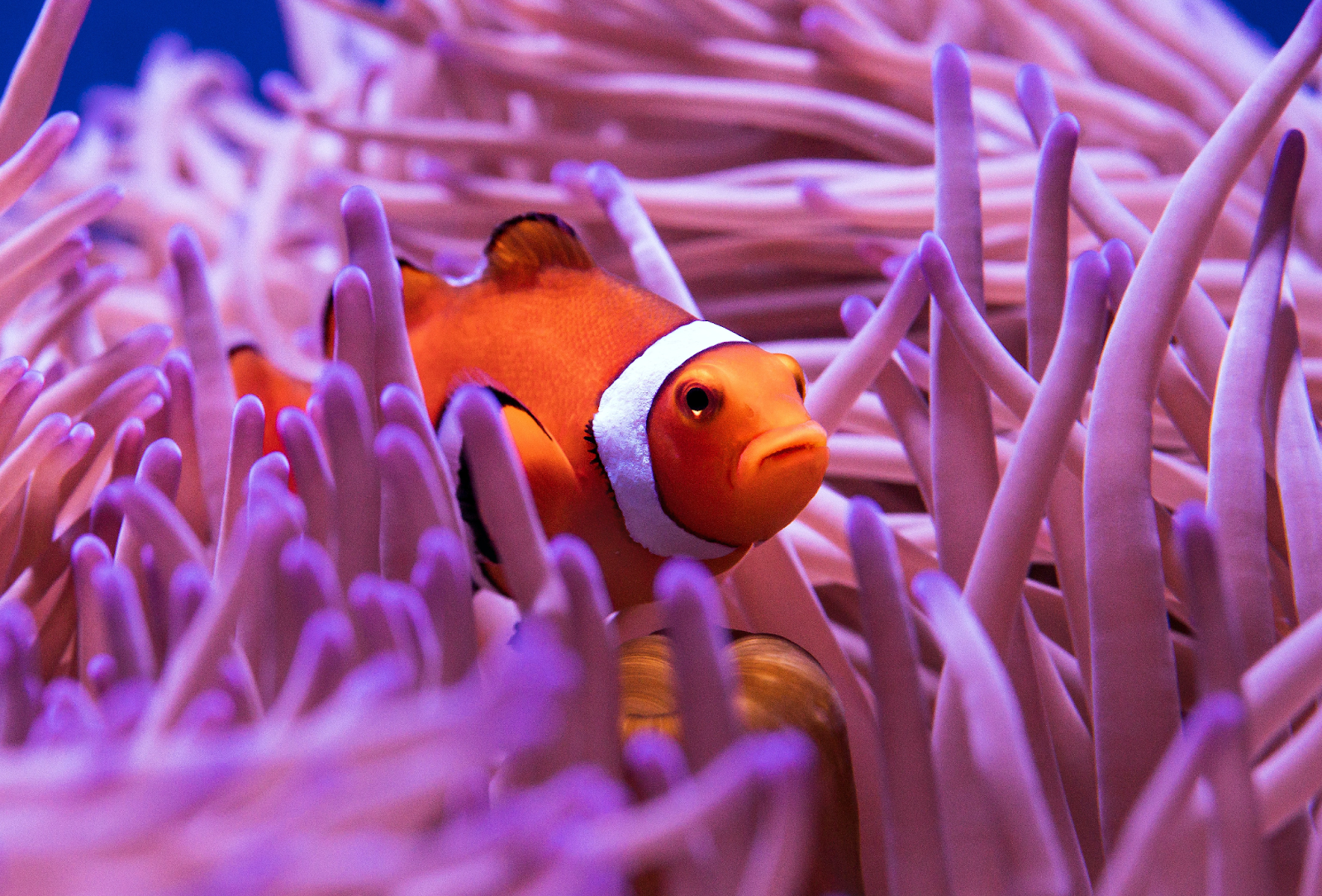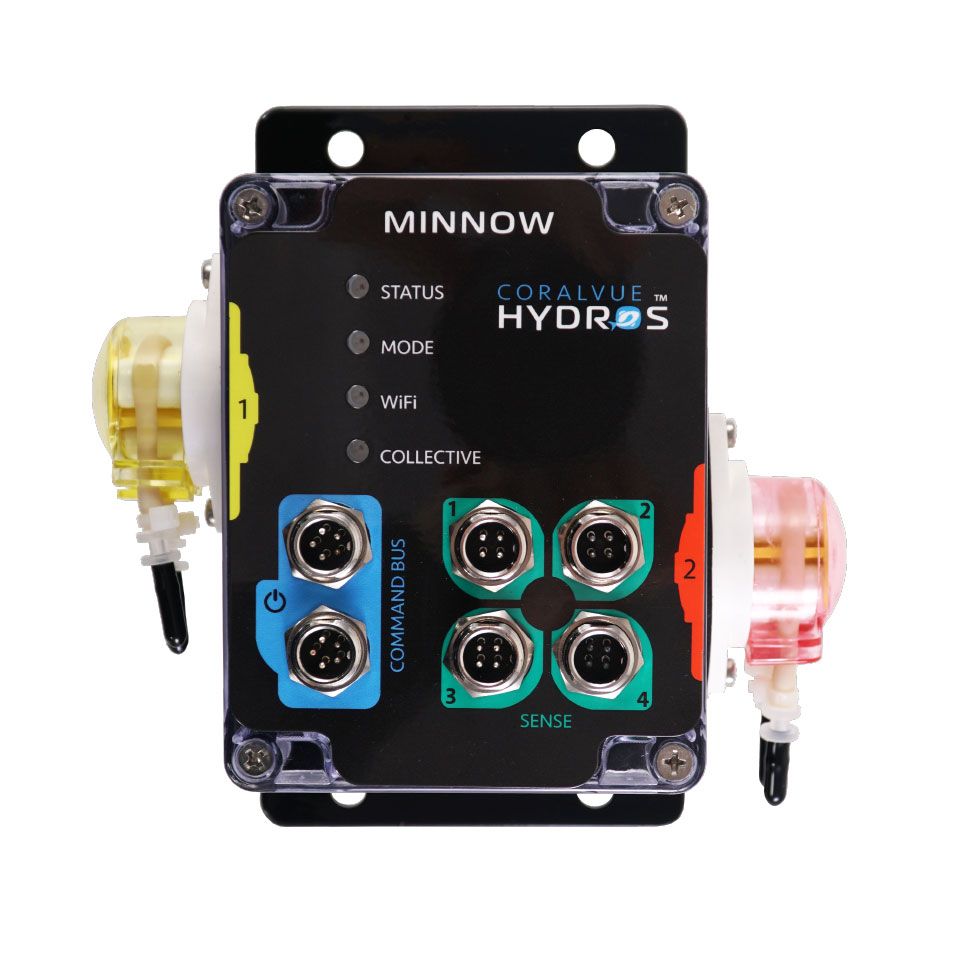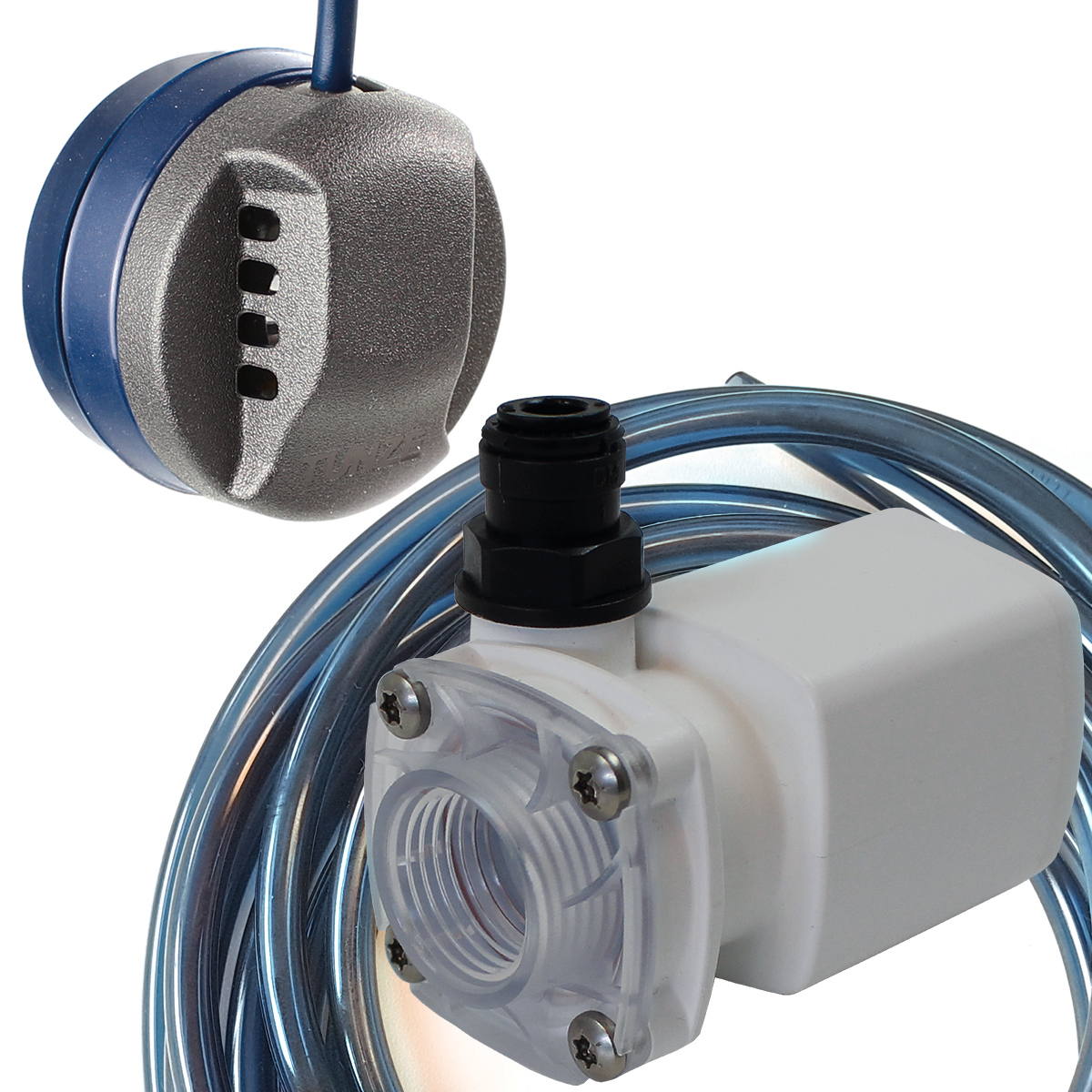The Tiger Pistol Shrimp, also known as Alpheus bellulus, is a facinating shrimp species renowned for its vibrant colors, unique and industrious behavior. This shrimp is also one of the many interesting organisms that will have a mutially beneficial relationship (AKA symbiotic relationship) within the marine world. Keeping these shrimp in an aquarium can be a rewarding experience, but it requires understanding their specific needs, behaviors, and interactions with other species.
Description and Characteristics: Tiger Pistol Shrimp, as the name suggests, boast striking patterns resembling the stripes of a tiger. Their vibrant colors, which range from orange to red with white stripes, make them an attractive addition to marine aquariums. These shrimp have a distinct body shape, with one oversized claw that they use for defense, hunting, and communication.
Diet: Tiger Pistol Shrimp are omnivores, meaning they consume both plant and animal matter. In the wild, their diet consists of small crustaceans, plankton, detritus, and algae. In captivity, they can be fed a variety of foods, including frozen mysis shrimp, brine shrimp, finely chopped seafood, and quality pellet or flake foods. Providing a balanced diet will ensure their health and vitality in the aquarium.
Care in Aquariums: When keeping Tiger Pistol Shrimp in an aquarium, it's essential to recreate their natural habitat as closely as possible. They require a well-established marine aquarium with ample hiding places such as caves, crevices, and live rock or man made reef safe rock. Pistol Shrimp are know for their burrowing prowess, so a substrate like sand or fine gravel is preferable to allow them to dig and create their burrows.
Like most tropical marine species, maintaining stable water parameters is crucial for the health of Tiger Pistol Shrimp. They thrive in temperatures ranging from 72°F to 78°F (22°C to 25°C) and prefer a pH level between 8.1 and 8.4. Pistol Shimp are reef safe and they are ideal for smaller aquariums where they can easily be observed but they can also be kept in larger aquariums.
Lifespan and Size: In the right conditions, Tiger Pistol Shrimp can live for several years in captivity, with some individuals reaching up to 5 years or more. As for their size, these shrimp typically grow to a maximum length of around 2 inches (5 centimeters), making them suitable for smaller to medium-sized aquariums.
Symbiotic Relationship with Gobies: One of the most fascinating aspects of Tiger Pistol Shrimp is their symbiotic relationship with certain species of gobies, notably those from the genus Stonogobiops. In this mutualistic partnership, the shrimp digs and maintains a burrow while the goby acts as a lookout, warning the shrimp of potential threats. In return, the goby gains protection and shelter provided by the shrimp's burrow. My personal favorite pairing with the pistol shimp is the yellow watchman goby.
The symbiotic relationship between the Yellow Watchman Goby (Cryptocentrus cinctus) and the Pistol Shrimp is a fascinating example of mutualistic cooperation in the marine world. These two species form a close bond, each providing unique benefits to the other.
The pairing of the Yellow Watchman Goby and the Pistol Shrimp occurs naturally in the wild and is easily replicated in most aquariums. The goby and shrimp typically form a monogamous relationship, where they share the same burrow and defend it against intruders. This partnership benefits both species, as they work together to ensure mutual survival and protection.
Within this symbiotic relationship, each species has its own specialized role. The Pistol Shrimp is responsible for digging and maintaining the burrow, while the Yellow Watchman Goby acts as a sentinel, keeping watch for potential threats.
Pistol Shrimp, with their powerful dominate claw and tail, are adept diggers. They use their specialized appendage to excavate and shape burrows in the substrate. These burrows serve as shelter and breeding grounds for the shrimp, providing protection from predators and a safe environment for molting.
The Yellow Watchman Goby, with its keen eyesight and acute awareness for danger, assumes the role of for lookout for the pair. Perched near the entrance of the burrow, the goby scans its surroundings for any signs of danger.
Communication between the goby and shrimp is key to their successful partnership. When the goby detects a potential threat, such as a predator approaching, it signals the shrimp by rapidly flicking its tail or performing specific body movements. These warning signals alert the shrimp to the impending danger, prompting it to retreat into the safety of the burrow.
Benefits of the Partnership: The symbiotic relationship between the Yellow Watchman Goby and the Pistol Shrimp offers several advantages to both species. For the goby, the burrow provides a secure refuge from predators, while the shrimp benefits from the goby's watchful eyes and its ability to detect threats at a distance.
Interactions and Compatibility: While Tiger Pistol Shrimp are generally peaceful creatures, they may exhibit aggressive behavior towards other shrimp or small invertebrates in the aquarium. Additionally, caution should be exercised when selecting tank mates, as some fish may see the shrimp as prey or vice versa.
Compatible tank mates for Tiger Pistol Shrimp include peaceful fish species that won't disturb their burrows or pose a threat to them. Some suitable companions include small gobies, clownfish, blennies, and certain species of reef-safe wrasses, some tang species and other fish that are considered to be reef safe and compatible with other shrimp species.
Some fish to avoid avoid are aggressive or predatory species that may harm or prey upon them. Large predatory fish like aggressive triggers, and certain species of angelfish should be avoided to ensure the safety and well-being of the shrimp.
Tiger Pistol Shrimp are entertaining and facinating aquarium additions with their vibrant colors, unique behaviors, and symbiotic relationships. By providing them with a suitable habitat, proper care, and compatible tank mates, aquarists can enjoy observing these wonderful shrimp along with their goby sidekick.




